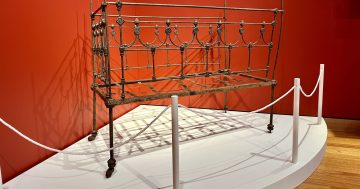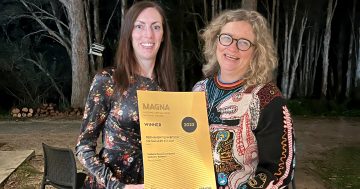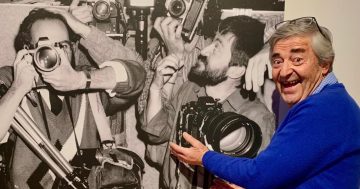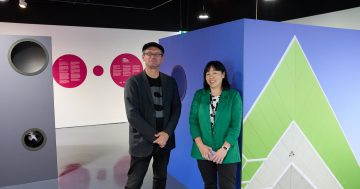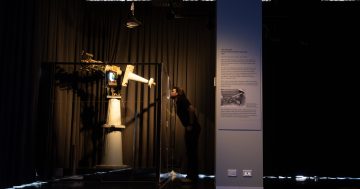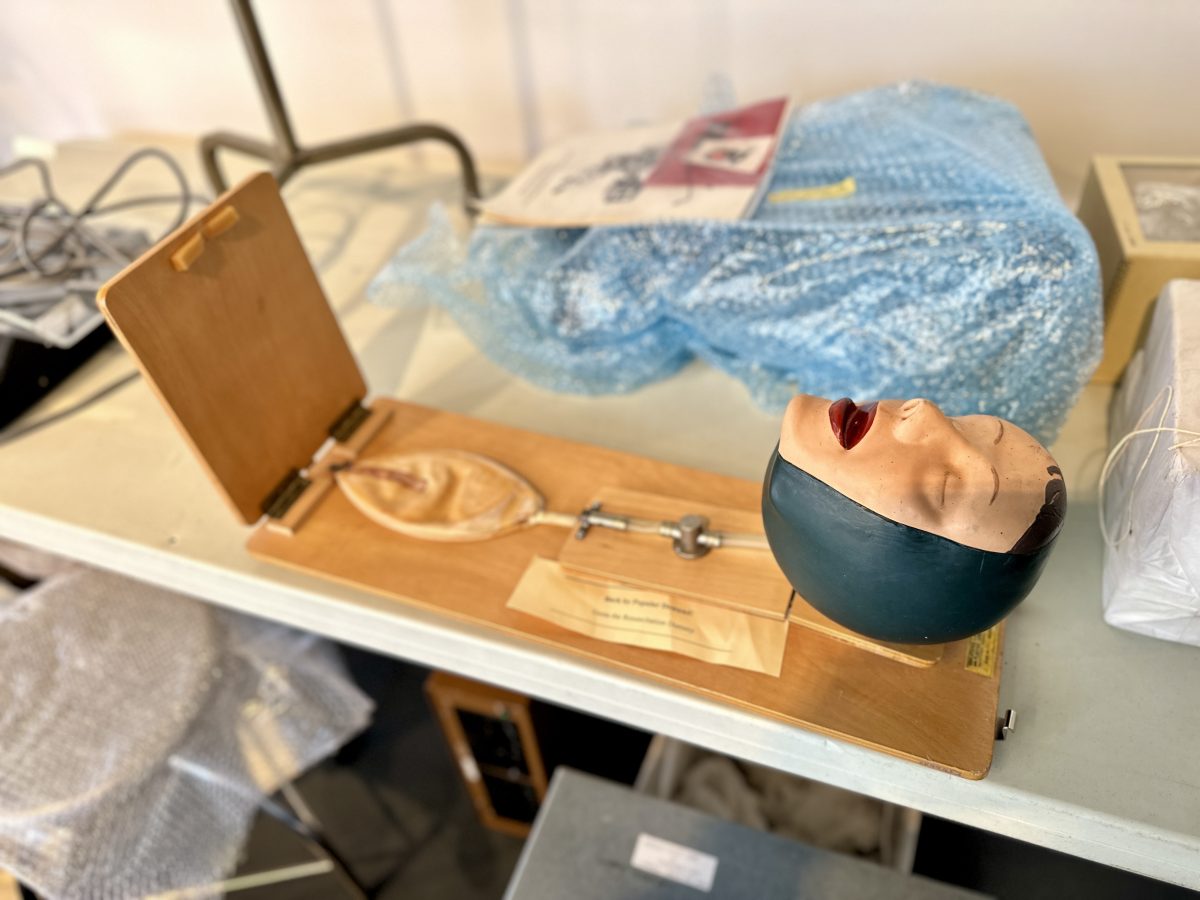
‘Greta’, an old CPR training dummy. Photo: James Coleman.
Meet ‘Greta’.
Today’s CPR dummies might have a scarily realistic torso and face, but back when Greta came into being, nope – some planks of plywood, a rubber air sack, some hoses, and half a head did the trick.
Greta is among more than 700 pieces of old medical equipment recently pulled from storage in the basement of the Canberra Hospital.
The collection spans 110 years and three hospitals, from the Canberra Community Hospital – which opened in 1914 – to the Royal Canberra Hospital on Acton Peninsula and today’s tower building in Woden.
It all began a couple of years ago when volunteers from the Royal Canberra Hospital History Group alerted the Canberra Museum and Gallery (CMAG), based in Civic Square, to the fact the hospital was looking to clear out its storage rooms.
The organisations agreed to work together to salvage the items, sort them, and piece together an exhibition showcasing Canberra’s medical history.
But this exhibition, in CMAG curator Hannah Paddon’s words, is “about three years away”.
“It’s been a mammoth job,” she says.
“It’s taken three days’ worth of van trips back and forth, not knowing what we’ve got and trying to make sure we’re not bringing any hazardous material out because there have been vials of different things.”
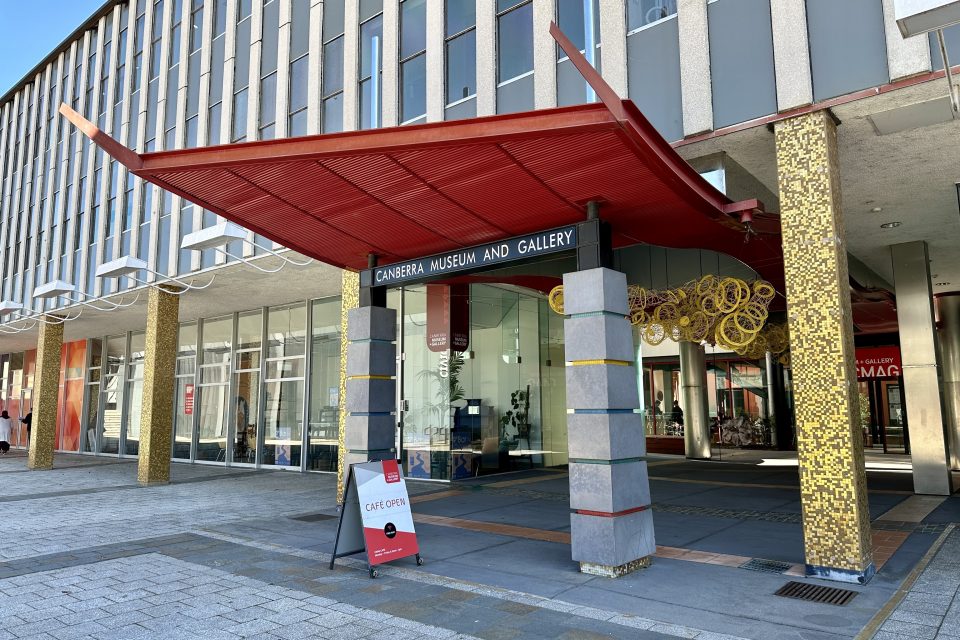
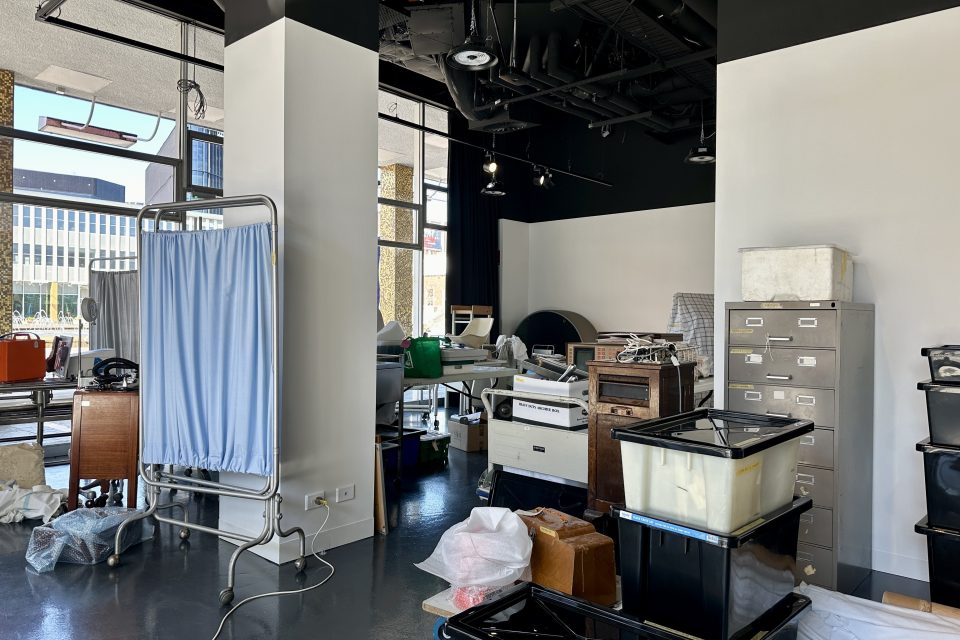
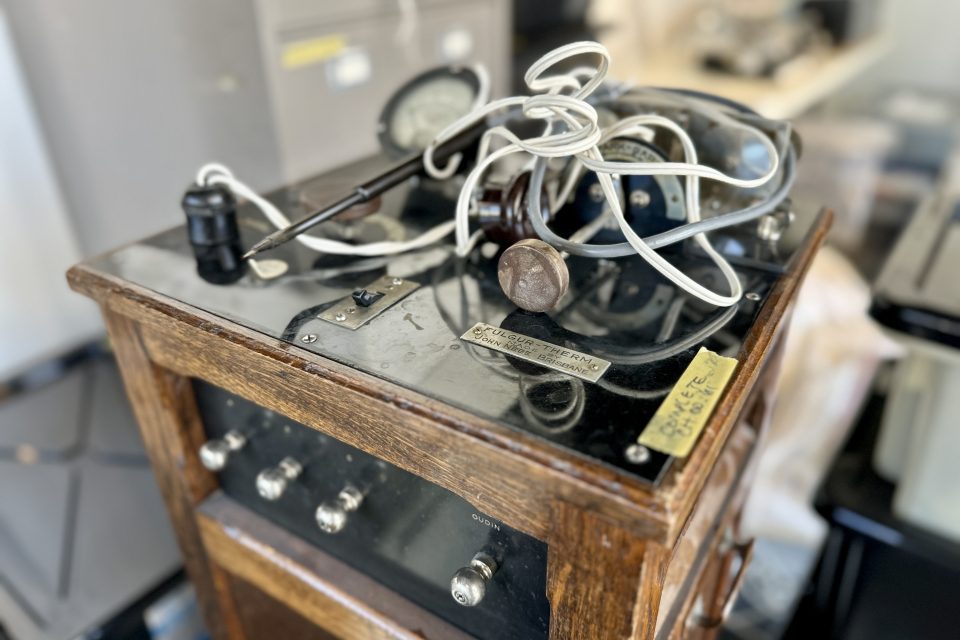
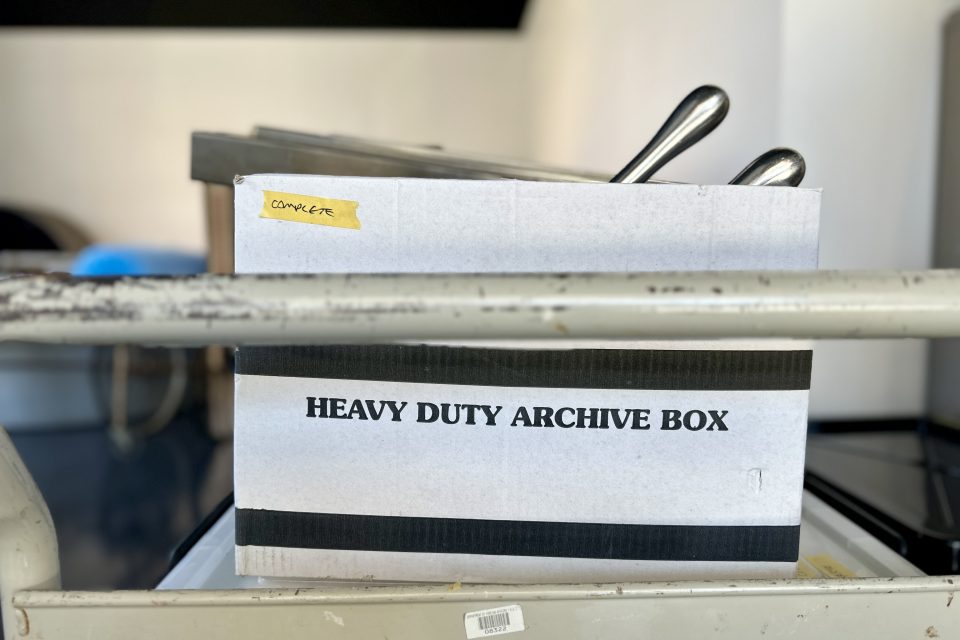
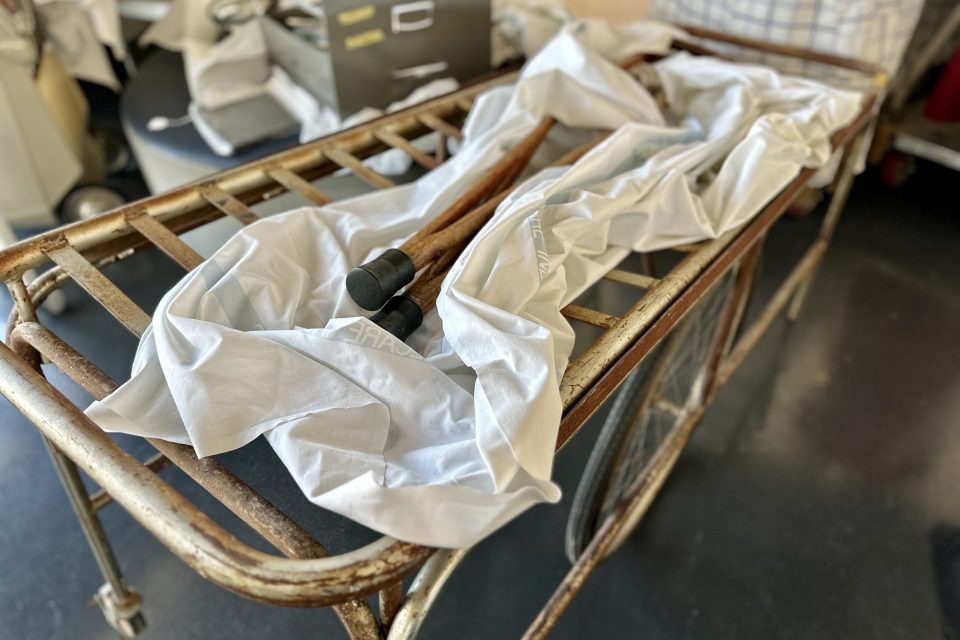
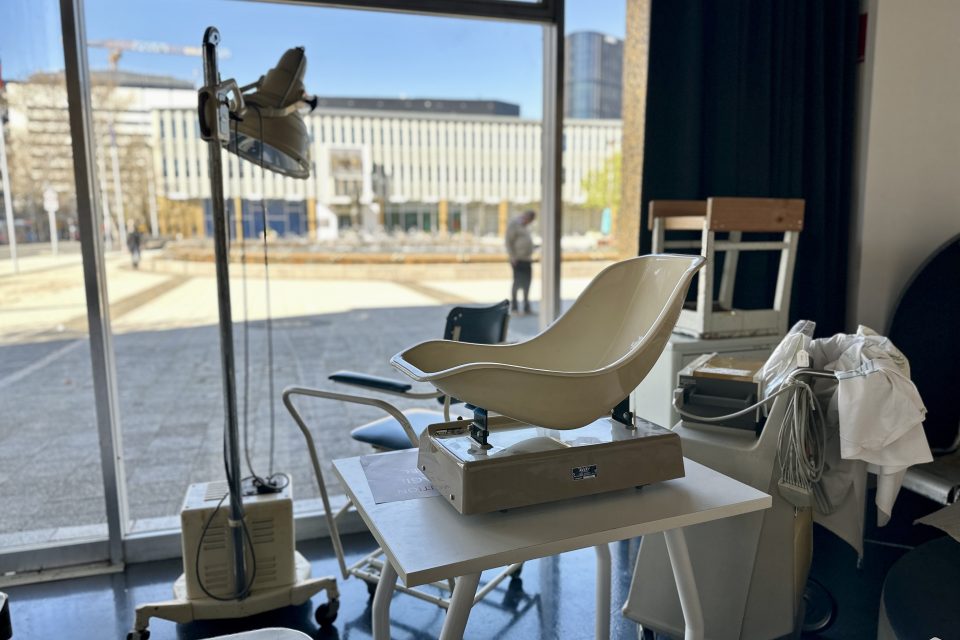
Some of the heavier or more delicate objects are being directed to the ArchivesACT warehouse in Mitchell for cold storage – woollen uniforms, for instance, that need to be frozen to prevent moths from nibbling them.
“Over the years, we’ve had a piece of uniform here or a badge or certificate from a nurse there, but never anything like this,” Hannah says.
The first hospital for Canberra opened in May 1914, on Balmain Crescent, Acton, when it was recognised that Queanbeyan’s facilities weren’t going to be enough to support the growing national capital.
The collection starts here, but because the items were never earmarked as future keepsakes, the conditions in which they were found vary.
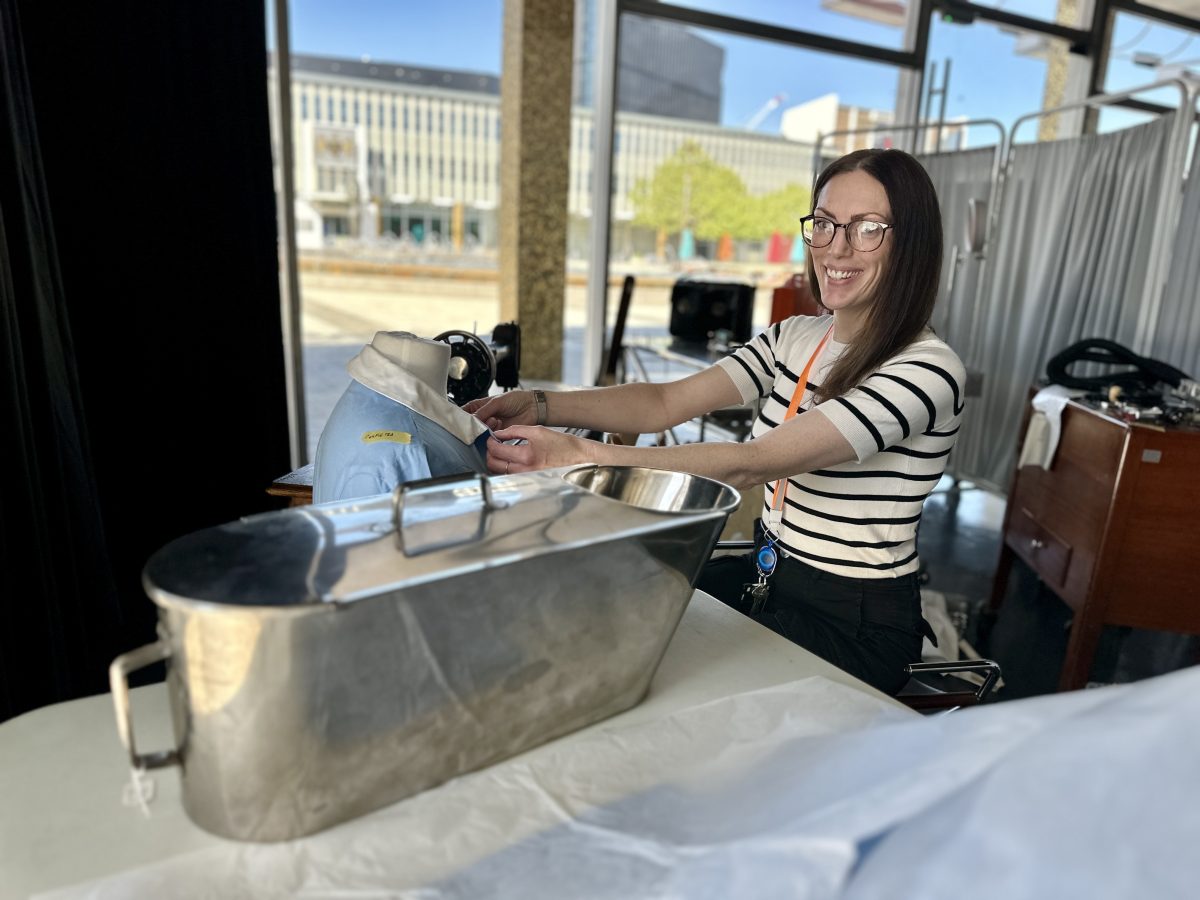
Canberra Museum and Gallery (CMAG) curator Hannah Paddon says the sorting work will go on for some weeks yet. Photo: James Coleman.
Helpfully, almost every item was tagged and recorded on spreadsheets before it went into storage, saving a lot of work for Hannah’s team.
This has also been useful in working out what each item’s use was.
Some of it is self-explanatory, like a metal chair, baby scales, prosthetic legs, training equipment, breathing apparatus, old ECG machines, massive blood transfusion syringes, and more. Others turn out to have different uses.
“One of the lamps, for instance, looks like it’s from an operating theatre, but because we have information in the catalogues, we found out it’s actually a light therapy lamp for babies with jaundice and the like,” Hannah says.
There are also four racks of various uniforms.
“Whether it’s cleaners, dieticians, physiotherapists, male nurses, enrolled nurses, student nurses … and you can see the trends in ‘fashion’.”
Others have dated even more poorly, like a frisbee released as campaign merchandise by the Canberra Sexual Health Centre. On the top is the slogan, “Chlamydia – easy to catch”.
“The first job is seeing what we’ve got and then working out what we want to retain,” Hannah explains.
“An item may not fit with our collecting policy, it might be too degraded, or it might not have any provenance … Then we’ll do a deep dive to find the donor’s back story, how the item was used, which period it was used in, all that kind of thing.”
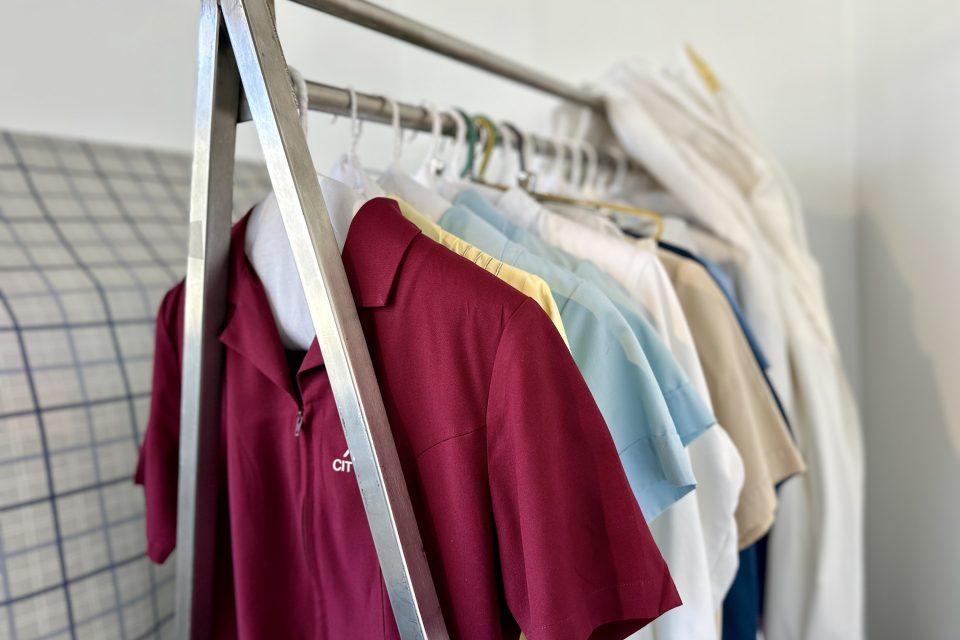
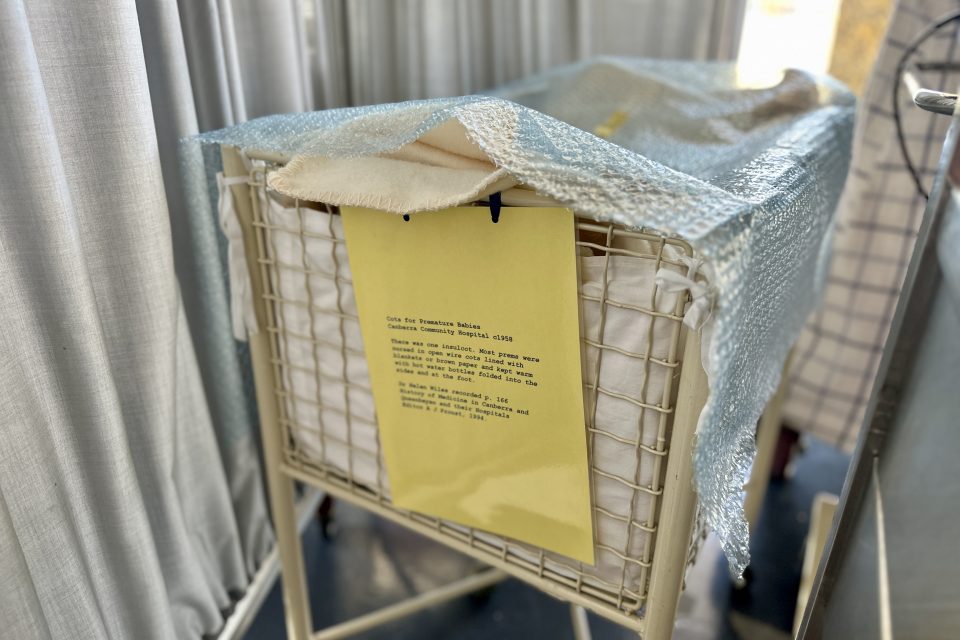
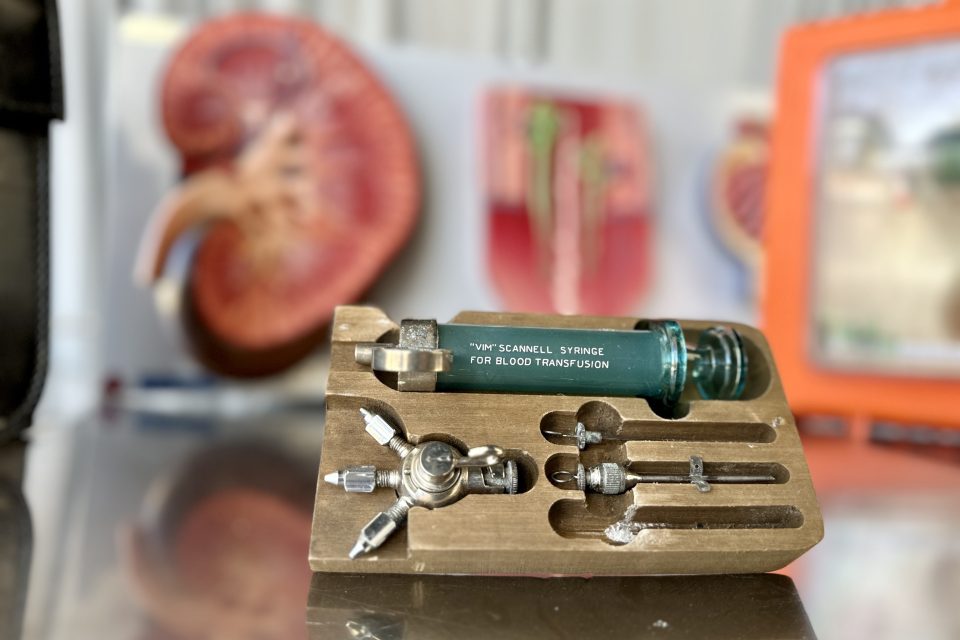
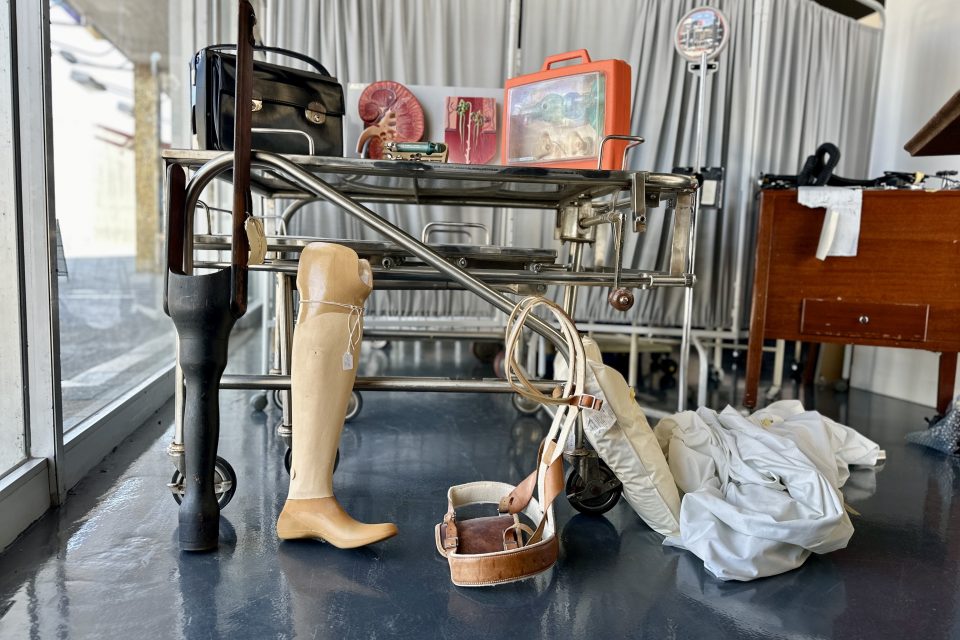
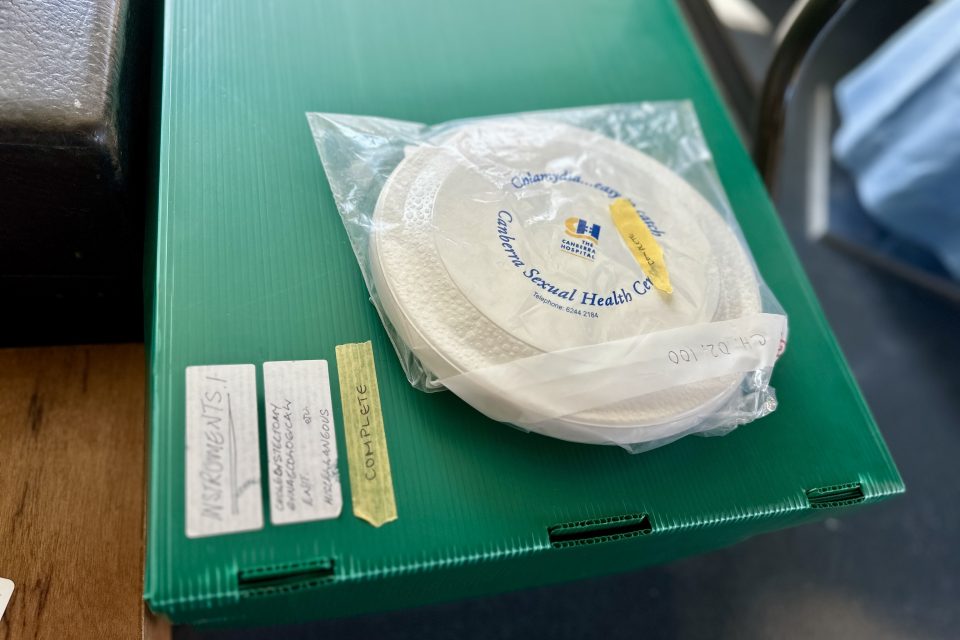
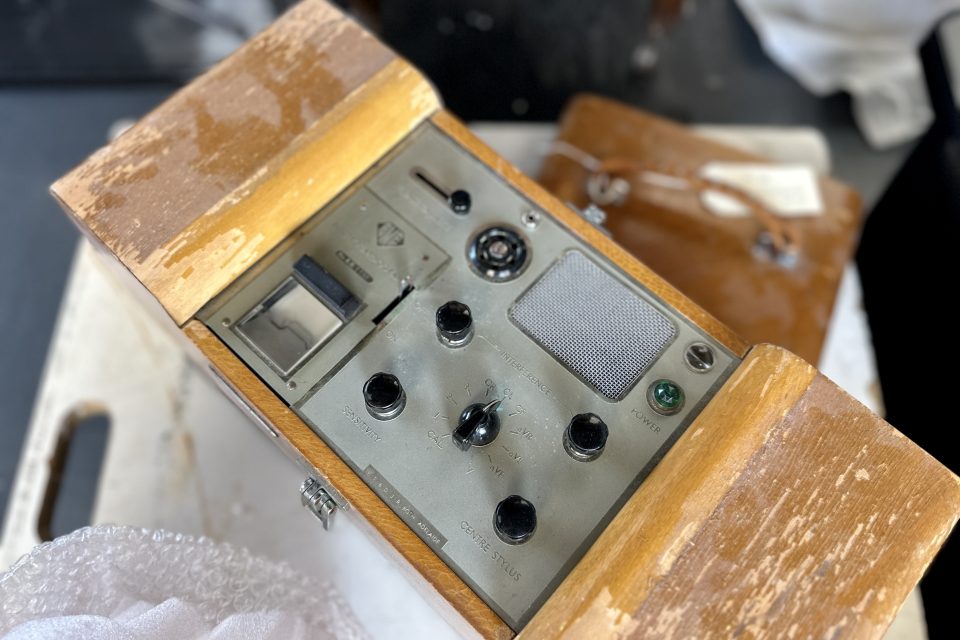
The work is on clear display to the public through the CMAG’s windows, and Hannah says they do have people stop past to look and ask.
As word gets out, she’s hoping former medical staff or patients will come forward and share their memories, too.
“It seems to have been a really strong community,” she says.
“I think all hospitals probably have that collegiate community feel. And on top of the objects that you see, there are so many photographs, stories or mysteries that would be great to collect.”
Visit CMAG to find out more.












